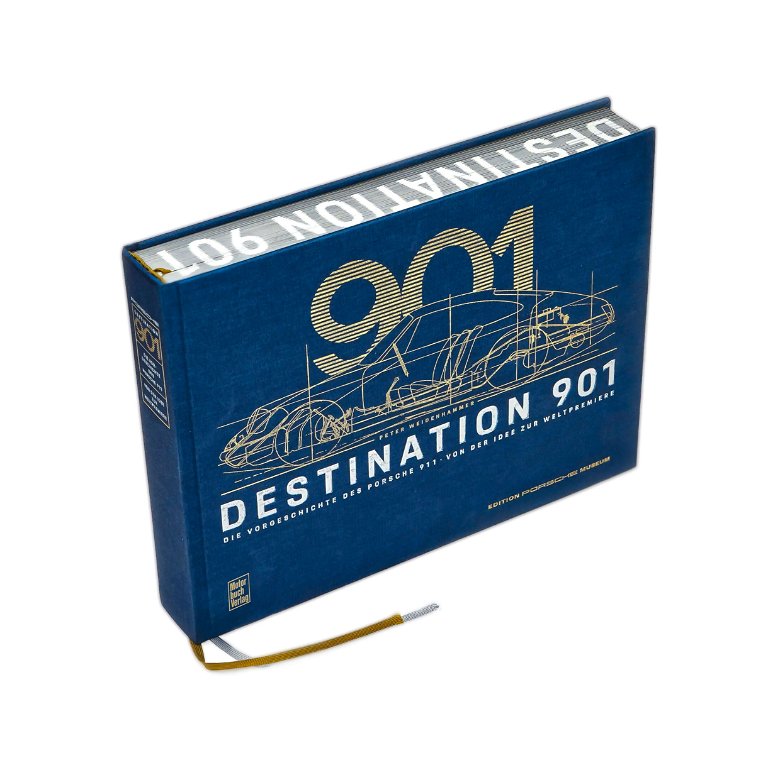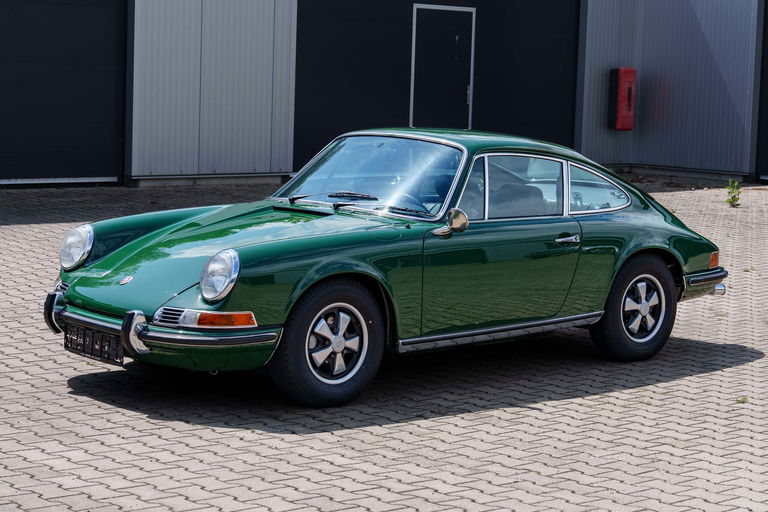At the end of the 1950s, Porsche began to develop a successor to the 356, as the latter had been produced almost unchanged since 1950 and was no longer state of the art. The new model was to be superior to its predecessor in every area, without abandoning the typical Porsche design. It was presented at the IAA in Frankfurt in 1963 under the name Porsche 901. Due to naming rights demands from Peugeot, the middle "0" was replaced by a "1", so that the car was launched in 1964 as the Porsche 911 with a 2-liter six-cylinder boxer engine. In 1966, Porsche expanded the model range to three models. The T, L (later replaced by the designation E) and S models differed primarily in engine power and equipment features. The 911 T was the entry-level model and the 911 S the top model. In 1969, the displacement of all engines was increased from 1,991 cm³ to 2,195 cm³. Two years later, the displacement was increased again to 2,341 cm³. The performance of the engines increased accordingly, so that the top model, the 911 S, now put 140 kW (190 hp) on the road. It should also be mentioned that the wheelbase grew by 5.7 cm from 1968.

































